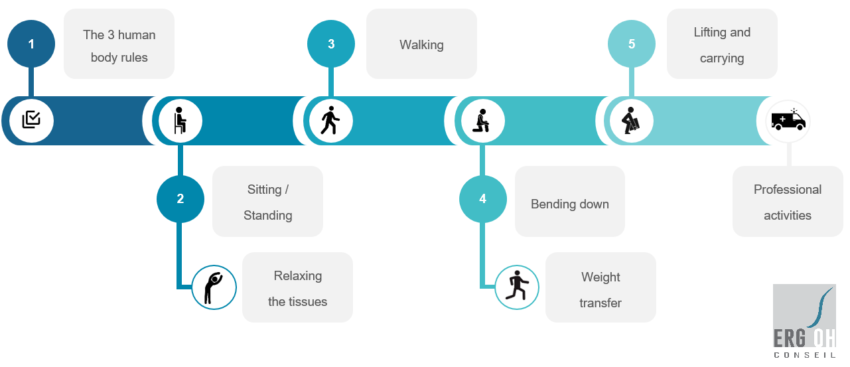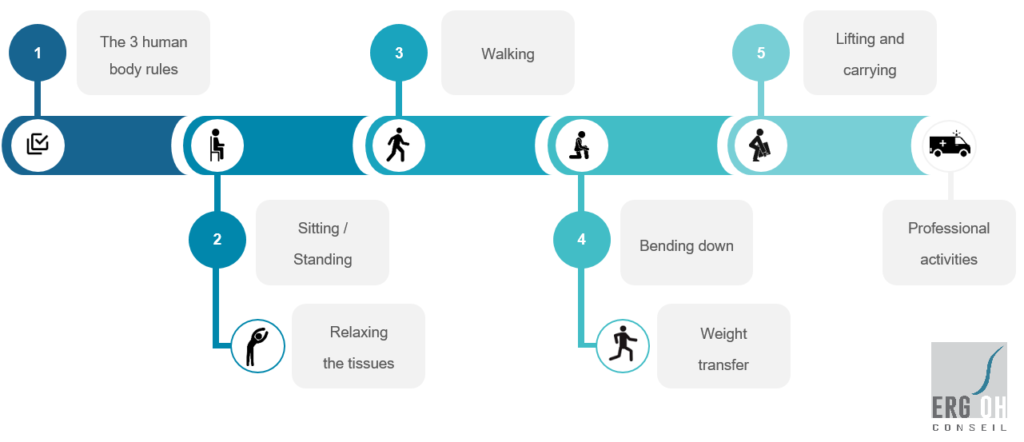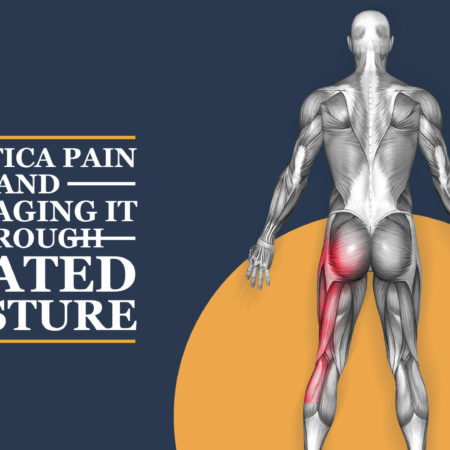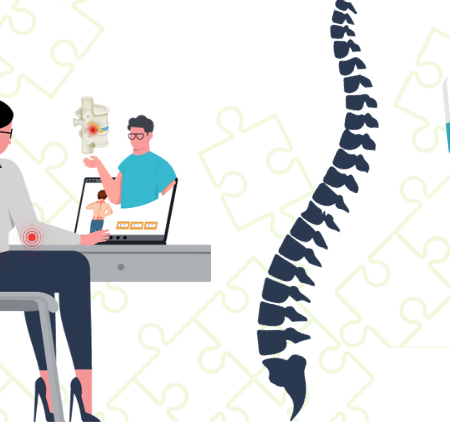At work
HOW TO TRAIN ON MANUAL HANDLING
HOW TO TRAIN ON MANUAL HANDLING

The literature is unanimous: behavioral interventions are not effective when carried out in isolation. This does not mean that training employees is useless: it just implies that it should be part of a broader, well structured program.
Erg’OH Conseil’s specific training method, based on ergonomics and on paramedical sciences, follows 4 main rules:
- never tell someone what to do: rather, let feel the difference between different options (i.e. train the proprioception);
- follow a very structured approach: go from general to specific, from simple to complicated, from static to dynamic, from feet to head (caudal to cranial) and then arms;
- have a 360° approach: work at the same time on the working conditions (ergonomics) and on the individual behaviors (postural reeducation), always with an eye on corporate culture (its current state, and how to make it evolve)
- bear in mind that the broader goal is to prevent musculoskeletal disorders (MSD): trainees should be able to apply the training to all hazardous situations, incl. non-professional ones.
The training structure is illustrated below, as we use it e.g., with paramedics and healthcare staff. Steps 1-5 take place in a theory room (although the participants are already very active) and last approx. 2hrs. At least 2hrs should be dedicated to practicing in real-life situations.

In the second part (field training), we have observed that the trainer should proceed as follows:
- ask participants to choose the situations they wish to discuss (e.g., for paramedics: how to raise a stretcher from the ground);
- let a few of them show how they work in these situations;
- after each demo, open up the discussion on the biomechanical implications of the observed postures and movements (go into the details, isolating each relevant joint and muscle). This helps illustrating the theory;
- split the discussion between “now” (in the current setup, what should I do with my body to reduce the risk?) and “in an ideal world” (which ergonomic improvements should be carried out to make our life easier and safer?). Make sure that the proposals are realistic and escalated to the management;
- demonstrate the movement only if necessary (i.e. if none of the participants has shown the best way), emphasizing each step. Let participants try out, and guide them slowly.
At the end of the training, participants should be familiar with all the aspects of the lifting or carrying sequence illustrated below.

Of course, such training is dense and brings a lot of content. Hence, splitting it over 2 sessions is appreciated, when feasible. Furthermore, participants are made aware of the fact that changing habits can only occur one step at a time.
The feedback we have been receiving for years is unanimously positive. Participants report to have learned and understood a lot about how the body works, even if they received prior manual handling training. Employers report to see behaviors and culture evolve, and appreciate to receive a first-level ergonomic assessment as part of the training.










